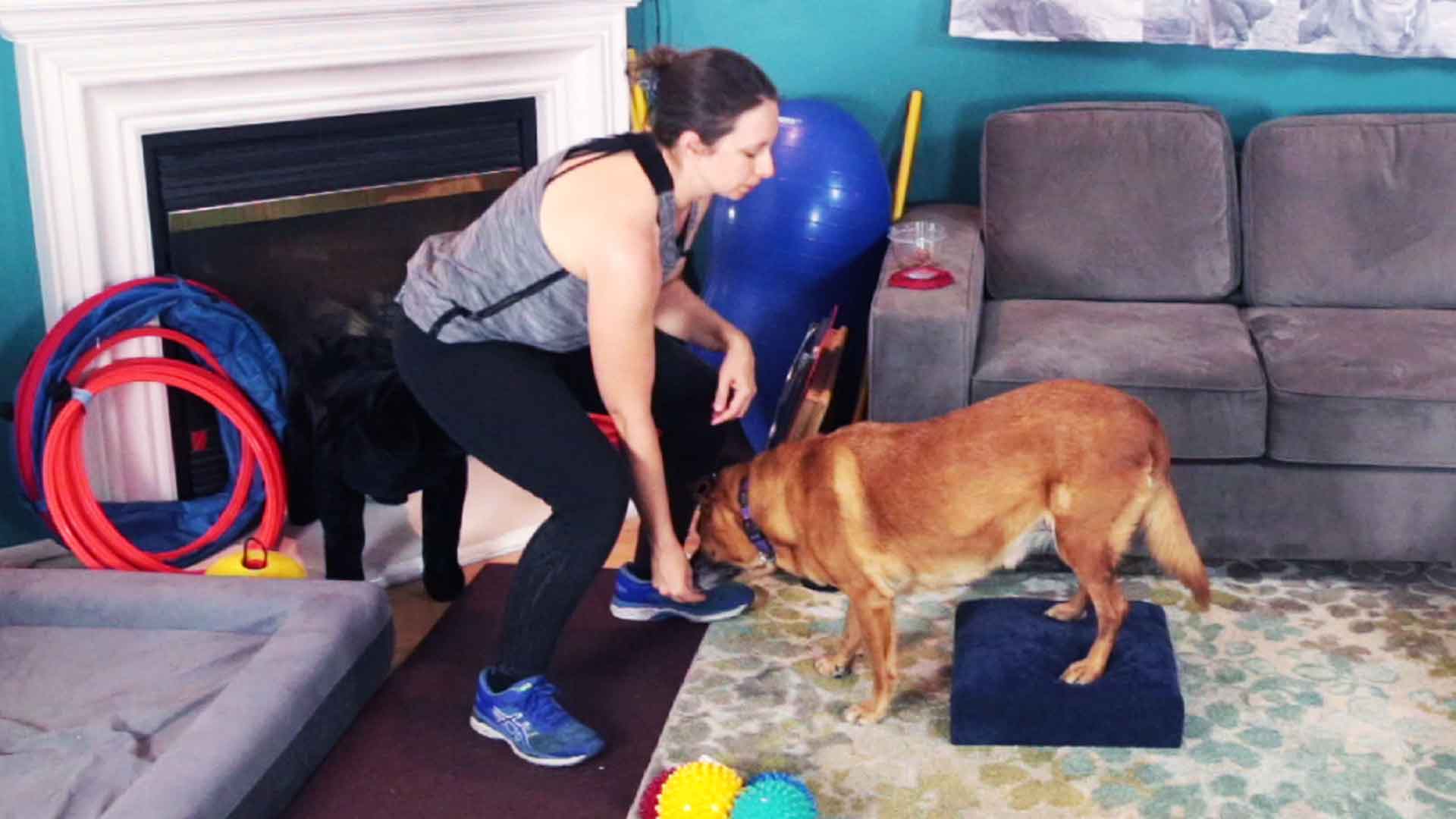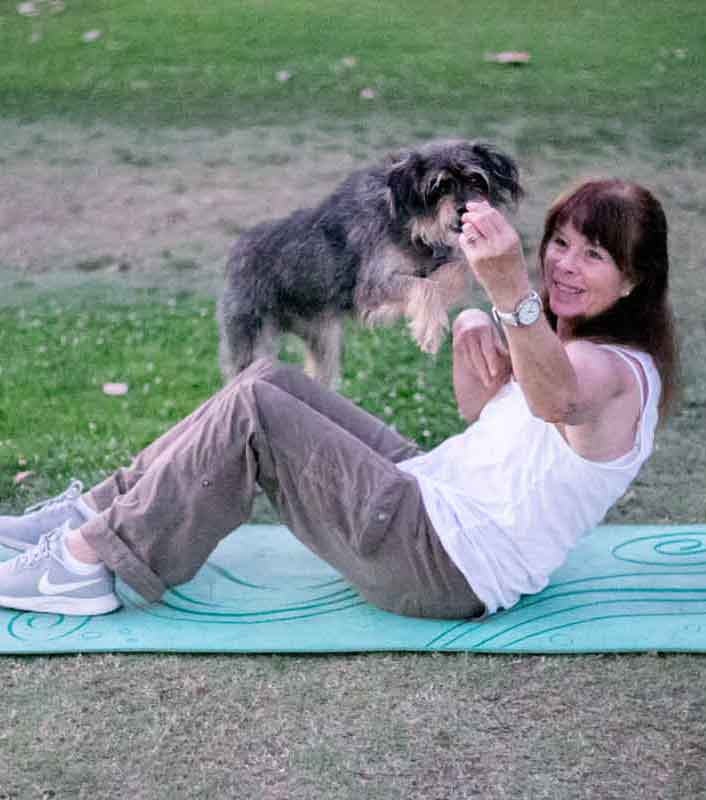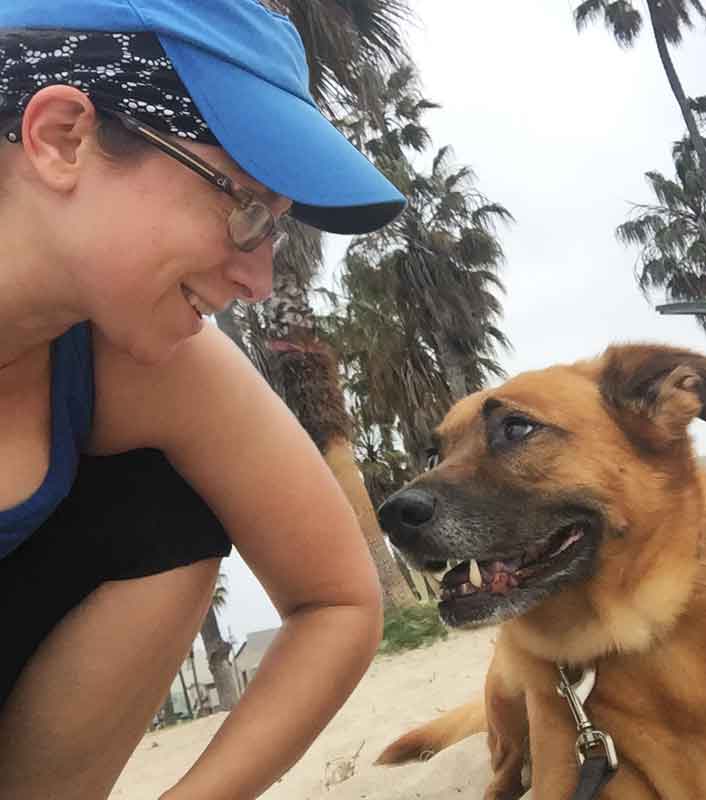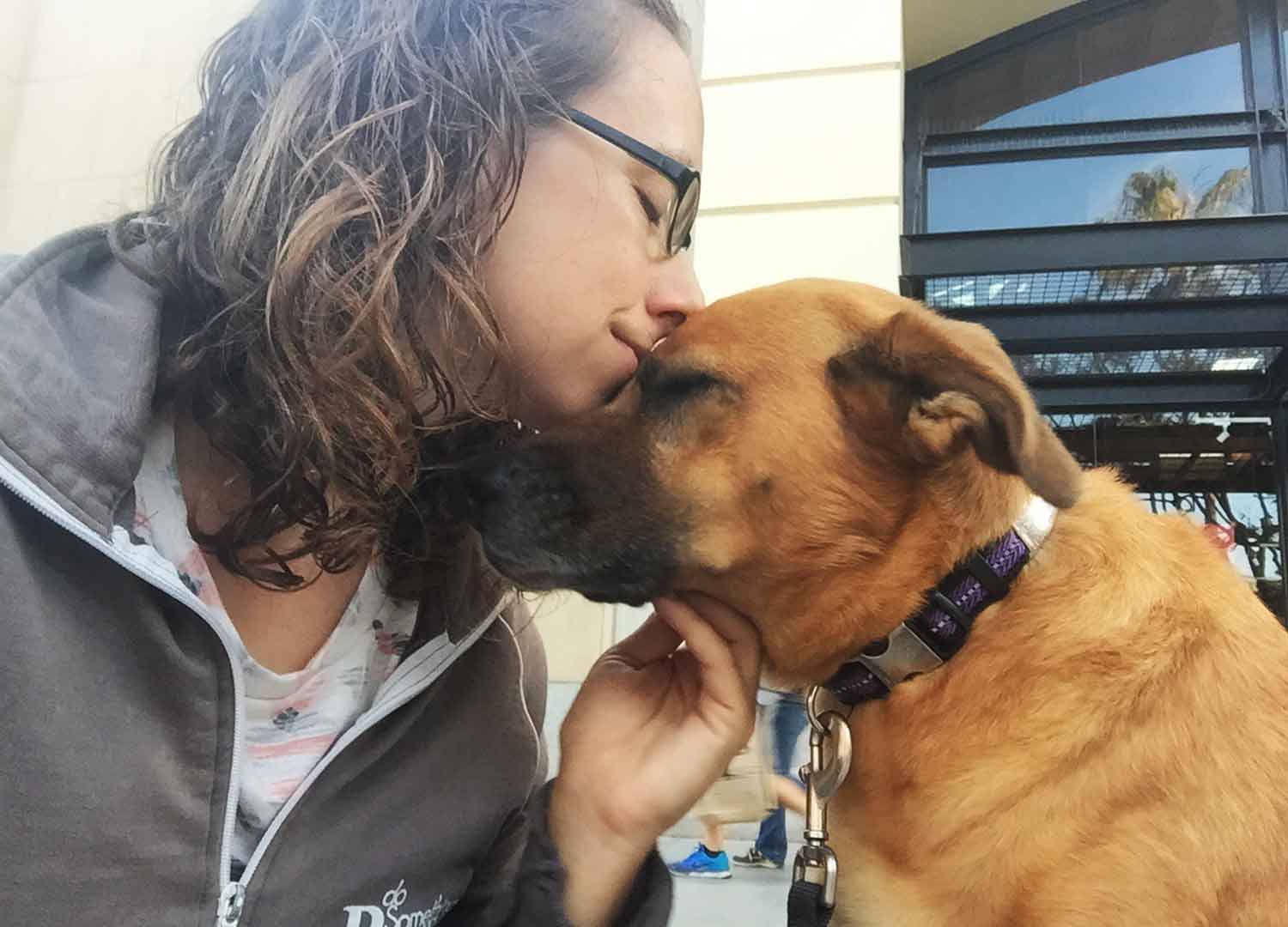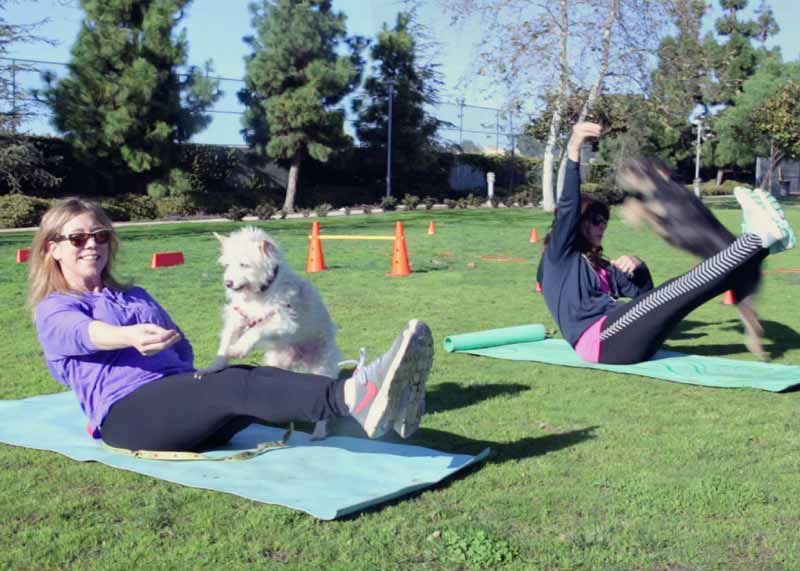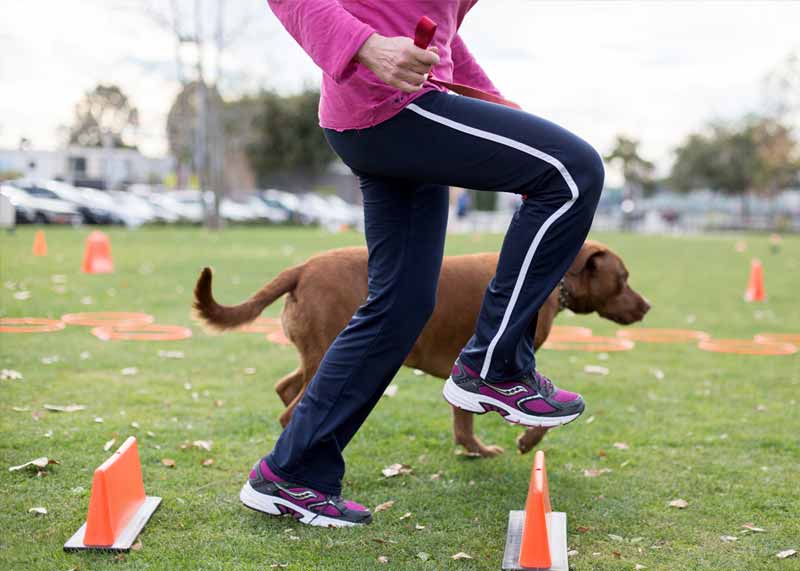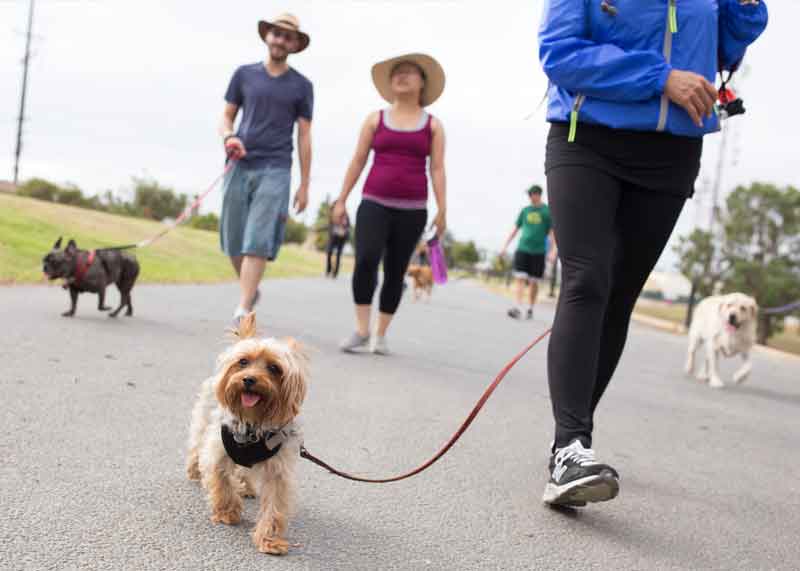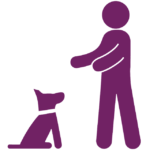Exercise With Your Dog Tips
As more and more people are looking for ways to integrate their dogs into their everyday routine, there are an increasing number of opportunities to include them in our fitness activities, like dog-friendly racing events, surfing competitions, and integrated yoga and strength training classes.
Exercising with your dog is a trend gaining momentum.
It’s not surprising because working out with your best buddy is amazing! It keeps you both active and creates lifelong memories. I say this from experience having completed several 10k races with my dog, Berlin, as well as regularly strength training together.
As a canine and human fitness trainer who teaches workout with your dog classes so others can enjoy exercising with their dogs, and clearly loves being active with her own dog,
I feel fortunate to have been interviewed by Reebok for an article on this very topic.
Not only does the article share some great activity options, but it also features insights from many dog and fitness professionals who combine dog and human fitness, including yours truly.
Understandably, not all my tips for exercising with your dog could be included so before sharing the article with you, here is my complete interview with Reebok Contributor, Amy Reiter:


